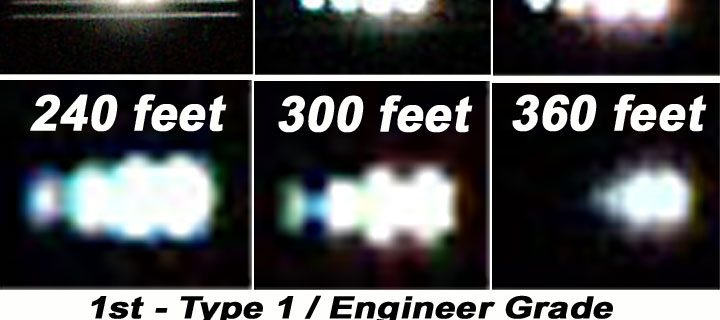Retro Reflective Tape / Sheeting Brightness or Reflectivity Comparison Chart
Reflective Tape Brightness Chart – (www.tapedealer.com) There are several types of reflective tape with each varying in brightness, flexibility and conform ability. Some have a type rating like “Type 1 or 3” and some do not. Generally, tapes that are used as sign sheeting on DOT roads are known by a Type 1, 2, 3, …
Read more “Retro Reflective Tape / Sheeting Brightness or Reflectivity Comparison Chart”

